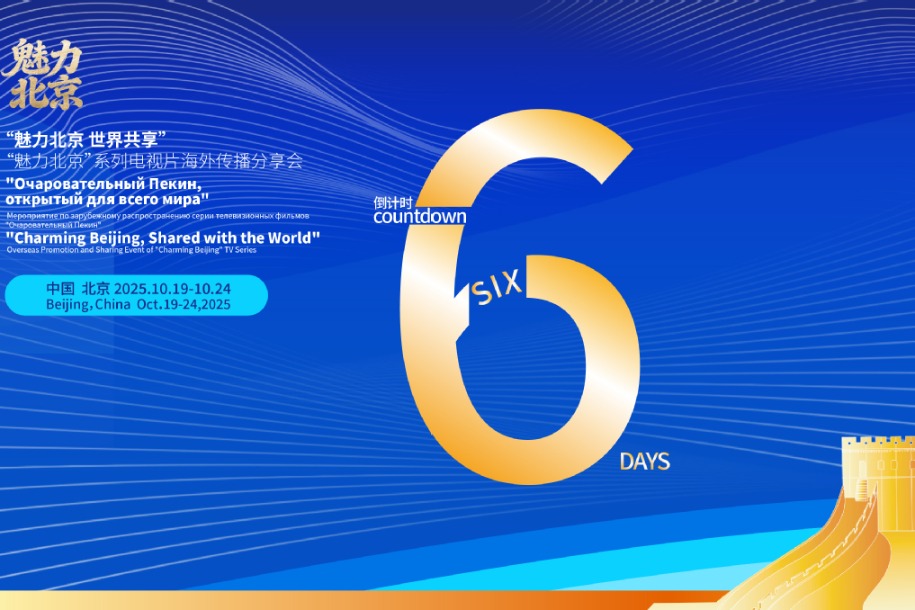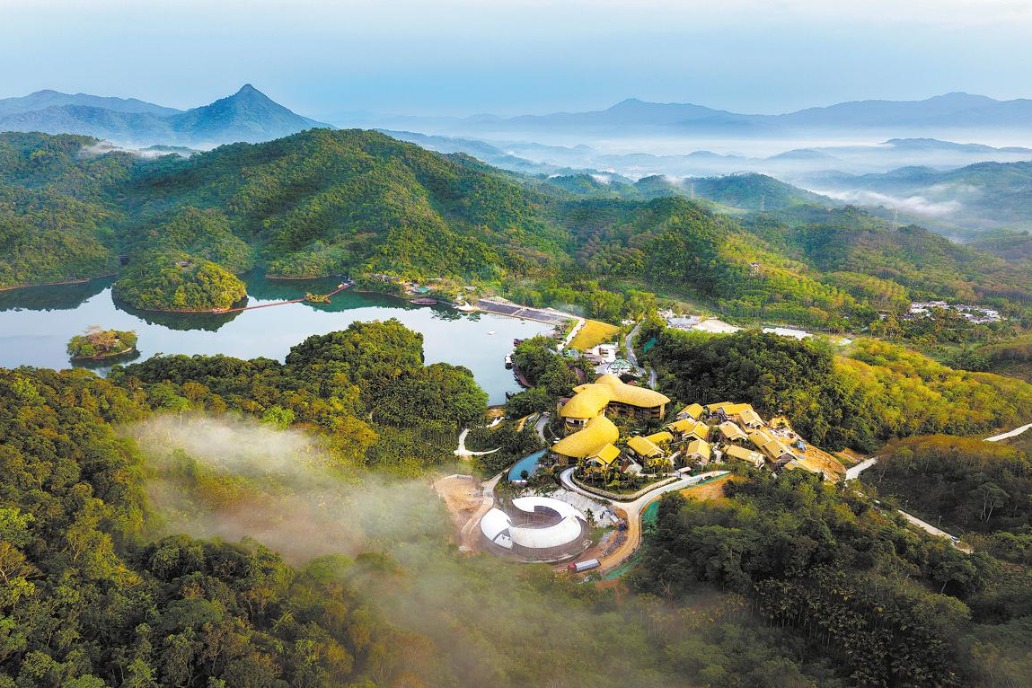India begins service with first underwater metro line in Kolkata
By APARAJIT CHAKRABORTY in New Delhi | chinadaily.com.cn | Updated: 2024-03-08 15:37
Indian Prime Minister Narendra Modi inaugurated India's first underwater metro service in the eastern city of Kolkata, the capital of West Bengal state, on March 6, marking a significant milestone for the country's metro infrastructure.
The Howrah Maidan-Esplanade section of Kolkata Metro's East-West Corridor, inaugurated by Modi, comprises the first transportation tunnel under any major river in India. The stretch also has the deepest metro station in the country – the Howrah station – at a depth of 33 meters.
The underwater tunnel passes under the Hooghly River – and connects Kolkata and Howrah, situated on the river's east and west banks, respectively. This section of the metro will also reduce travel time between Howrah and Kolkata.
The under-river section of the tunnel is 520 meters long, and the train will take around 45 seconds to completely cross it, metro officials said. The trains will have an operational speed of 80 km/hour.
The 4.8 km stretch of the East-West Metro between Howrah Maidan and Esplanade, built at a cost of $51 billion, is a vital segment of the East-West Metro corridor, according to an official statement.
The project was implemented by Kolkata Metro Rail Corporation Limited, or KMRCL, under the federal Ministry of Railways.
The prime minister took a ride on a metro train from Esplanade to Howrah Maidan and interacted with school students during the journey that passed through the underwater transportation tunnel, according to a statement.
"It's a very special day for the people of Kolkata as the city's metro network gets significantly enhanced. Connectivity will get a boost and traffic will get decongested. It's a proud moment that the Howrah Maidan-Esplanade Metro section has the first underwater metro transportation tunnel under any major river in our country," Modi later said in a post on X, formerly known as Twitter.
"This stretch will boost the mass transport scenario of the region by providing fast train connectivity. It will also solve the perennial traffic congestion and improve air quality by reducing the carbon footprint," Kausik Mitra, chief public relation officer, Kolkata Metro Railways told China Daily.
The East-West Metro corridor starts from Sector 5 in Salt Lake, on the eastern flank of Kolkata, and presently ends at Sealdah. From Salt Lake it will be extended to Howrah Maidan and cover a total distance of 16.6 km, out of which 10.8 km will be underground. There will be 12 stations along the entire route.
People coming from distant parts of West Bengal, as well as other states, will experience immense benefits when they use the metro services after getting off at Howrah station, Mitra said.
The railways have constructed walkways on both sides of the tunnel, which are connected to ventilation shafts every 25 meters. During an emergency, passengers can be evacuated through these shafts, Kolkata Metro officials said.
Rail authorities have installed special illumination for the inner walls of the tunnels, with blue lights, to provide a feeling of being underwater.
The East-West Metro now runs 9.4km from Sector 5 to Sealdah and between Esplanade and Howrah Maidan. Work was stalled at the next 2.5km section between Sealdah and Esplanade because of repeated incidents of subsidence.
This new section will soon connect Howrah and Sealdah stations, two of the busiest stations in the world, metro officials said. They said metro services will be operational along the entire stretch by October or November this year.
From north Kolkata's Shyambazar, the metro service to Howrah station takes only twenty minutes. Earlier, it took around an hour to travel this 7 km distance by bus, said Prosenjit Dasgupta, a resident of Shyambazar who took the metro ride on March 6.
It is a big milestone not only for Kolkata but also for the entire country, Biswanath Dewanjee, former general manager of KMRCL, told China Daily.
The construction for the first phase of the East-West metro corridor commenced in 2009. The project suffered several delays and faced many challenges. Construction of the underwater stretch commenced in 2017 and was completed within 66 days, said Dewanjee.
It successfully completed its trial run from Howrah Maidan to Esplanade and vice versa in April last year.
Japan International Cooperation Agency, or JICA, is a major funding agency for the East-West Metro project.
The metro service has reduced travel time for millions of commuters and it will significantly reduce traffic congestion and improve the city's air quality as commuters will opt for this metro service daily instead of any other mode of transport, Snehasis Chakraborty, transport minister of West Bengal state government told the correspondent.
It was in 1969 that the Metropolitan Transport Project was conceptualized and, after much deliberation, five separate routes were decided as Kolkata's Metro network. The network also includes the East-West Metro corridor.
Modi inaugurated and laid the foundation stone for multiple connectivity projects for various cities of the country, worth $187 billion, on the same day.
The tunnel is an important milestone in the nation's infrastructure landscape, said G. Raghuram, a railways and infrastructure expert and former director of the Indian Institute of Management in Bengaluru.
The experience could help in the construction of more underwater tunnels in future, and could help reshape urban mobility in the country, Raghuram added.
On March 6, Modi virtually inaugurated or laid the foundation stones for several other rail connectivity projects, worth some $187 billion, for various cities in India.
In 1984, Kolkata became the first city in India to have operational metro services. Metro rail lines are now available in 15 cities across the country, with the Delhi Metro covering an extensive 393km across the national capital region.
The writer is a freelance journalist for China Daily.
























